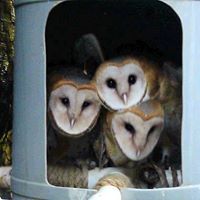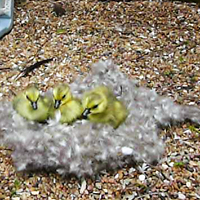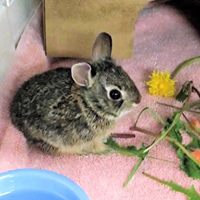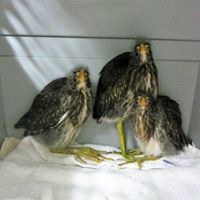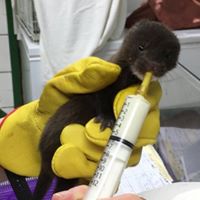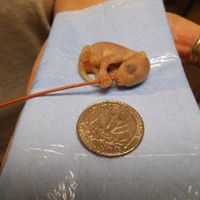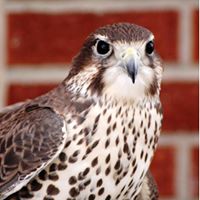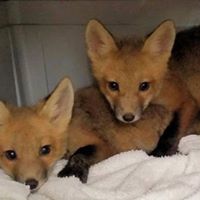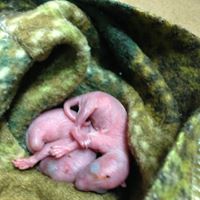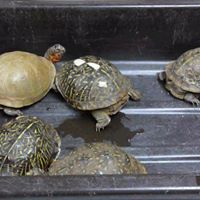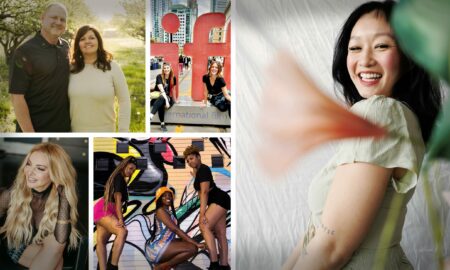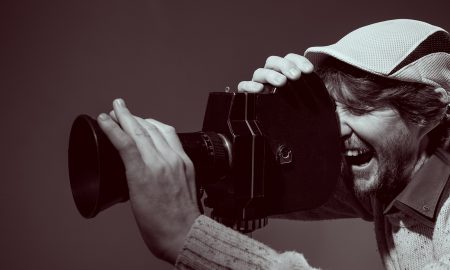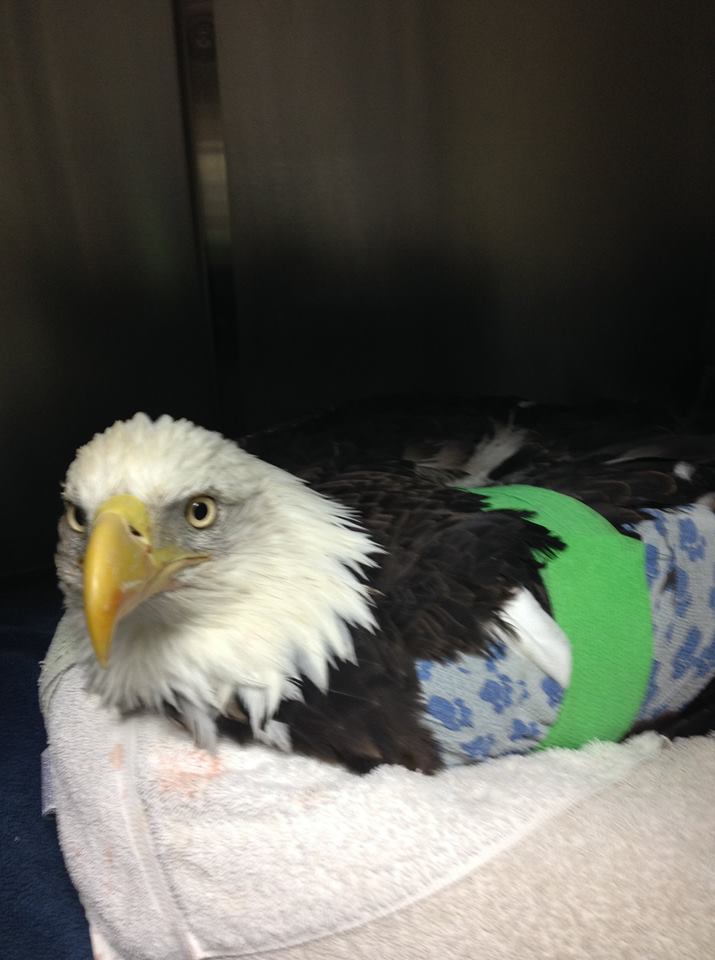

Today we’d like to introduce you to Diane Johnson RVT.
Hi Diane, it’s an honor to have you on the platform. Thanks for taking the time to share your story with us – to start maybe you can share some of your backstory with our readers?
I was working in a private veterinary practice in the 80’s as a registered veterinary technician. During the 80’s it was fashionable for people to own exotic pets like lions, tigers, emus, ostriches, black bears, wolves and wolf hybrids – our practice took care of those types of animals as well as large & small animals too. Going home one night from work I ran across a injured bird of prey that had been hit by a car and had a fractured wing. The vet that I worked for performed surgery and that was the beginning of Operation WildLife. After acquiring state and federal licenses for rehabilitation we began recruiting volunteers. With the support of the vet I worked for, WA Andrews, OWL began to expand. “Doc” would joke that we had more wild animals in the clinic than paying clients and sadly it was true. We began planning to move the operation to property located in Linwood KS. Fast forward to present day – our facility cares for over 3000 injured wild animals annually, fields over 54,000 phone calls, emails, texts, Facebook messenger contacts from all over the state of Kansas in order to facilitate rehabilitation, re-homing, re-denning, reuniting and re-nesting state or federally protected species. We do all of it on donations, memberships, fees for educational programs and our most important asset volunteers.
Alright, so let’s dig a little deeper into the story – has it been an easy path overall and if not, what were the challenges you’ve had to overcome?
Definitely, not a smooth road but paved with wonderful people along the way. Our organization, Operation WildLife, is only funded by donations and staffed by volunteers. In the early days, we put jars in businesses to collect coins – I got so good at putting them in those paper folders that I could stack 50 pennies and not have to count them. My husband always knew when we were running low on funding because his supper would consist of hamburger or tuna helper because I would funnel our grocery money to feed the animals. Originally, we didn’t have a facility and my infant children slept in our bedroom because the room that would have been their nursery was converted into an animal nursery. As we went through growing pains and our reputation became known, opportunities presented themselves for our group to grow. Our current facility was the old Smileys golf course clubhouse that was at 83rd and Quivira. We took our life savings to buy that building and in the winter months of ’89-’90 my husband cold chiseled screws off the building, marked the sheets with a crayon and hauled them home day after day so it could be re-erected later. We hauled water, worked without A/C and minimal heat in the winter to keep costs down. Our volunteers pitched in where they could and together we worked as a team to accomplish so many things over the years.
Great, so let’s talk business. Can you tell our readers more about what you do and what you think sets you apart from others?
Largest in Kansas — According to Kansas Wildlife and Parks statistics, Operation WildLife is the largest publicly funded clinic and wildlife rehabilitation service in Kansas. We receive thousands of wild animals each year and have release rates averaging 69%; that’s 20% higher than the national average!
Funded by donations — Operation WildLIfe is supported entirely by donations and DOES NOT receive any funding from city, state or federal entities. We exist solely on the generosity of people that make it possible for us to continue providing veterinary care, food, and rehabilitation services for wild animals.
Animals from all over — Our services cover nine Kansas counties or about 4,500 square miles however since COVID we’re take in animals from across the entire state.
As the largest wildlife rehabilitation service in Kansas, we act in the best interest of each animal we receive. After emergency needs are met and the animal is stabilized, we design a program for total recovery. Steps in the recovery program include:
Medical attention including surgery, radiographs, physical therapy, etc
Special housing
Natural foods or close substitutes
“Siblings” and/or “foster parents” for juveniles
My COVID project was to begin writing down everything I had in my brain and transfer to out website. It is still a work in progress.
The thing I’m most proud of is our volunteers. They are exceptional people that understand the meaning of dedication, hard work, commitment and are passionate about what we do.
What was your favorite childhood memory?
I have lots of favorite childhood memories and I’ve always gravitated towards animals. I was about 8 years old and there was a stray cat that had had a litter of kittens in the storm drain on our street. We had a thunderstorm and the storm drain was filling with water. I talked a couple of the high school boys from the neighborhood into taking the manhole cover off the storm drain and holding me by my ankles so I could rescue those kittens. My dad caught us! It was one of the rare times I got my bottom paddled. That paddling was well worth it and those kittens became part of our family.
Contact Info:
- Website: https://www.owl-online.org
- Instagram: https://www.instagram.com/opwildlife
- Facebook: https://www.facebook.com/OperationWildlife
- LinkedIn: https://www.linkedin.com/in/diane-johnson-8b893518/
